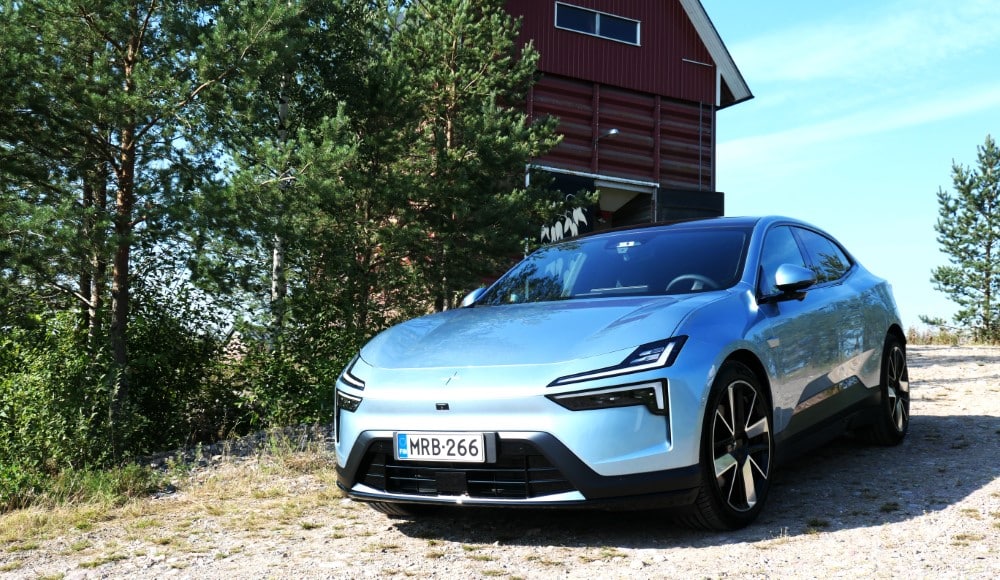If the Polestar 3 and 4 models that will soon be available are to be believed, rumours of the company’s demise are premature. There have been losses and crew changes, but at the same time two new power monsters have been completed, which are worth spinning around in this first test on the winding country roads of Uusimaa.
We got a feel for the new models both on paved roads and on small stretches of gravel and motorways. The engineers and experience designers have earned their pay.

Although Polestar’s hosts warned that there would be software updates in the final sales versions, the few hours of testing avoided any problems.
A big step for Polestar
The launch of the new models is a big deal for Polestar, owned by Chinese company Geely. The company, which has been surviving on one model (Polestar 2) and big plans, can gradually start to deliver on promises and expectations. After the 3 and 4 models now on the market, next year will see the launch of the new flagship 5 Grand Tourer.
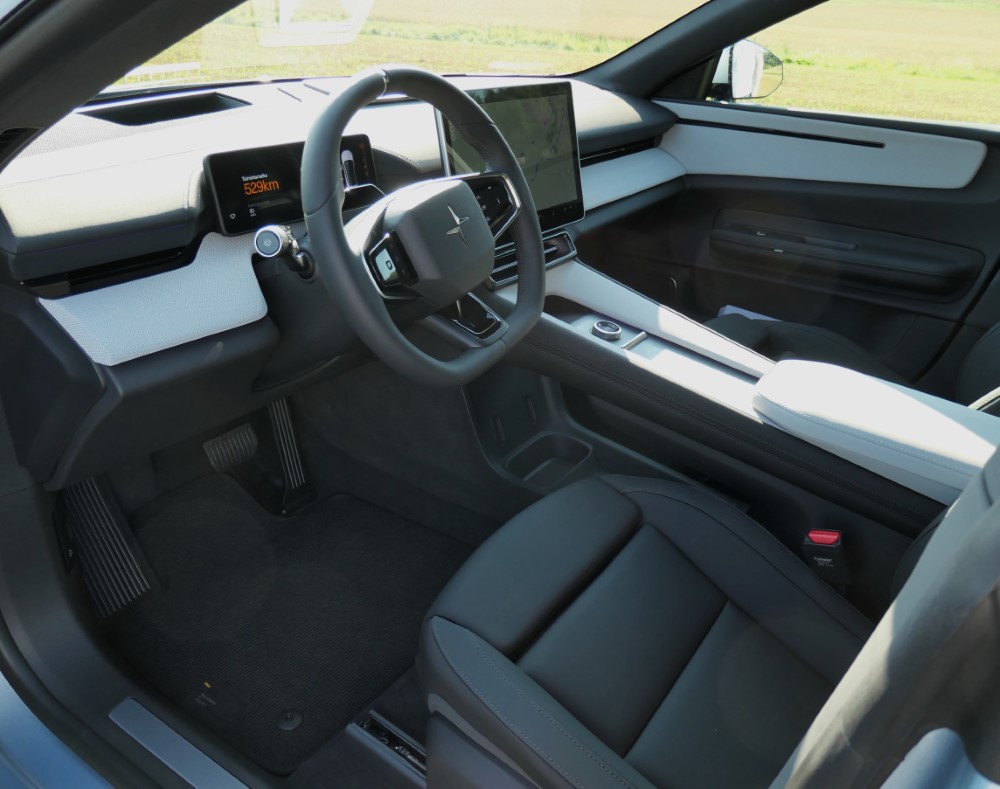
In August, the company started production of the 3 in the USA, in South Carolina, in the same factory as Volvo, where all the models to be imported to Finland will come from. In Finland, the company has launched units in Tampere and Oulu during the summer, with showrooms also coming to Turku and Kuopio.
Next year, Polestar plans to launch production of 4 models in South Korea and open branches in seven countries: France, the Czech Republic, Slovakia, Hungary, Poland, Thailand and Brazil.
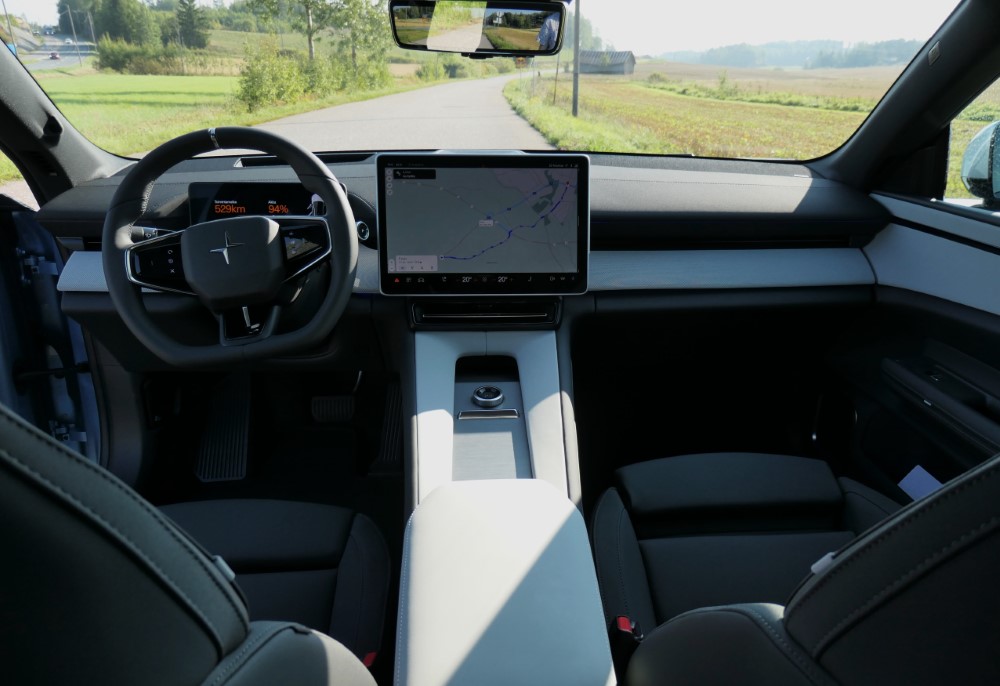
In Finland, Polestar is aiming for its fourth consecutive year of growth despite the difficult market situation. According to CEO Tommi Luopajärvi, the company is ahead of market growth. The VAT increase that came into force at the beginning of September will be directly reflected in prices, but there is no precise information yet on the price impact of possible EU import duties.
The Mobile Service pilot, which will run until the end of this year, has been well received, according to Mr Luopajärvi. Polestar mechanics carry out repairs, upgrades and scheduled maintenance on the premises of small and medium-sized businesses, without the car owner having to take the car to a garage in the morning rush. Based on the results, the service is likely to continue next year.
Like a roll in the hay
The Polestar 4 shoots up to 100 km/h in 3.8 seconds. It’s not worth looking out of the rear window to see what the dust cloud is swallowing, because there’s no rear window in the car. Other manifestations of envy can be monitored instead by the Gentex’s rear-facing 2.5 megapixel HD rear-view camera and digital rearview mirror.
The solution is promised to be optimised for all lighting conditions. At least in the bright midday sun, the view was good without much effort. However, the system advised to “consider cleaning the camera” after only about 70 km of driving on almost completely dry asphalt.

Windowless and mirrorless, it takes some getting used to and may never suit the more mature. The car does have a rear-view mirror, but you can only see what’s happening in the back seat. In its other position, the same mirror uses a camera to show what is happening behind the rear of the car.
The absence of a rear window allows for a more spacious interior, so that the rear seat of a coupe offers the same cabin space as a saloon. At 4.8 metres in length, the 4-model fits into the D-segment’s mid-size suv range.
The Polestar 4 is powered by 544 horsepower, or 400 kilowatts, and promises a range of up to 620 kilometres in the best conditions. Charging is possible with 200 kilowatts of power. A heat pump is standard on the car.
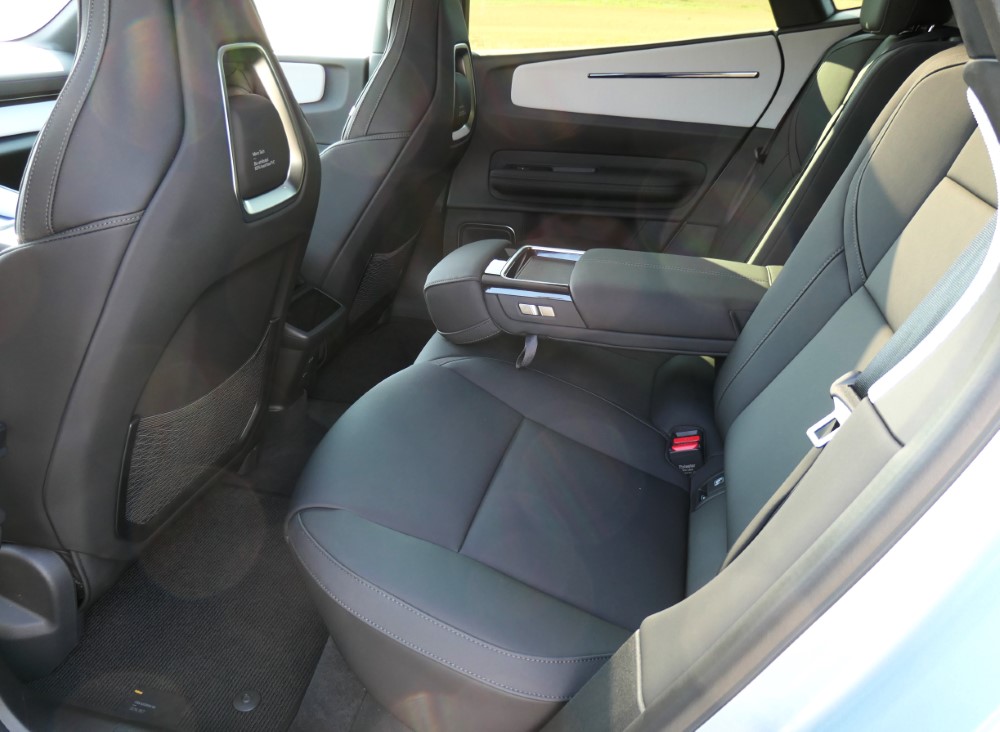
The car is very aerodynamic in general, with a low profile and dimensions similar to those of the Tesla S model. The centre of gravity is low and the driver’s driving position is sporty. On the road, the three-position steering feels precise and the active shock absorbers soften the road bumps.
Inside, the 4-model aims to be uncompromisingly premium, taking inspiration from the world of fashion. The seats are upholstered in nappa leather or 3d knitted textiles. The rear seats also recline electrically for a lounge experience.
For the interior ambience, you can choose your favourite planet from the touchscreen in the centre console: for example, on the way to work you can feel like you’re on Jupiter and on the way back on Saturn. The driver’s activities are monitored by a special interior radar and control system, and decision-making is assisted by as many as 11 cameras and one forward-looking radar.
Polestar estimates that around 70 percent of the 4-model’s users will be business users and 30 percent private users. Delivery of cars currently on order will take place around January 2025, but for more generous customers the car will be delivered as early as October.
The smallest SUV
The five-seater Polestar 3 will be positioned in the premium E segment of SUVs, in the same league as the German manufacturers, Volvo and Tesla. The car is 4.9 metres long and has a wheelbase of 2.9 metres – and with a significantly lowered roofline, it’s a sporty SUV in its own right.
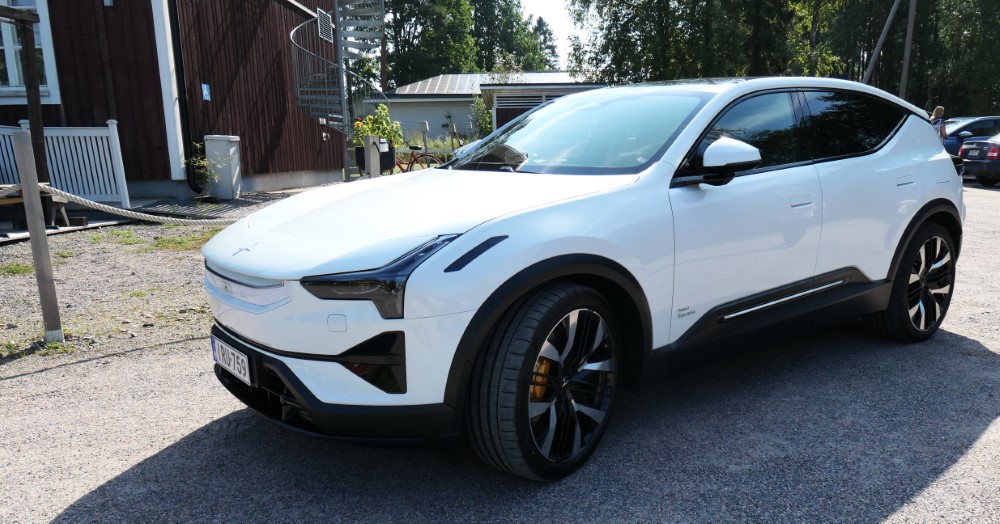
Depending on the version, there is 489 or 517 horsepower and the tested launch edition is promised an operating range of 626 kilometres. We didn’t get to test this, but on dry roads and cruising in warm weather, the battery held up well as promised.
The Polestar 3 was designed with aerodynamics and therefore range in mind. As a result, the car has built in width rather than height. The centre of gravity is as low as in the Polestar 1 sports model, which is why the driving position is also sports car-like. Sportiness is also represented by the acceleration of around five seconds in the twin-engined version and even less with the performance pack. The single-engine version is capable of 7.8 seconds of acceleration.
For its size, the car is surprisingly light and agile to handle, thanks in part to the tvdc system. The same system balances the car in corners and makes turning easier. The car also features adaptive air suspension with active shock absorbers, electronic suspension adjustment and a choice of three ride heights.
The Polestar 3 is equipped with a 400-volt lithium-ion battery and 111 kilowatt-hour capacity. Charging is done at 250 kilowatts, which means it takes half an hour to charge to 80 percent. Of course, the car also comes with a heat pump as standard.
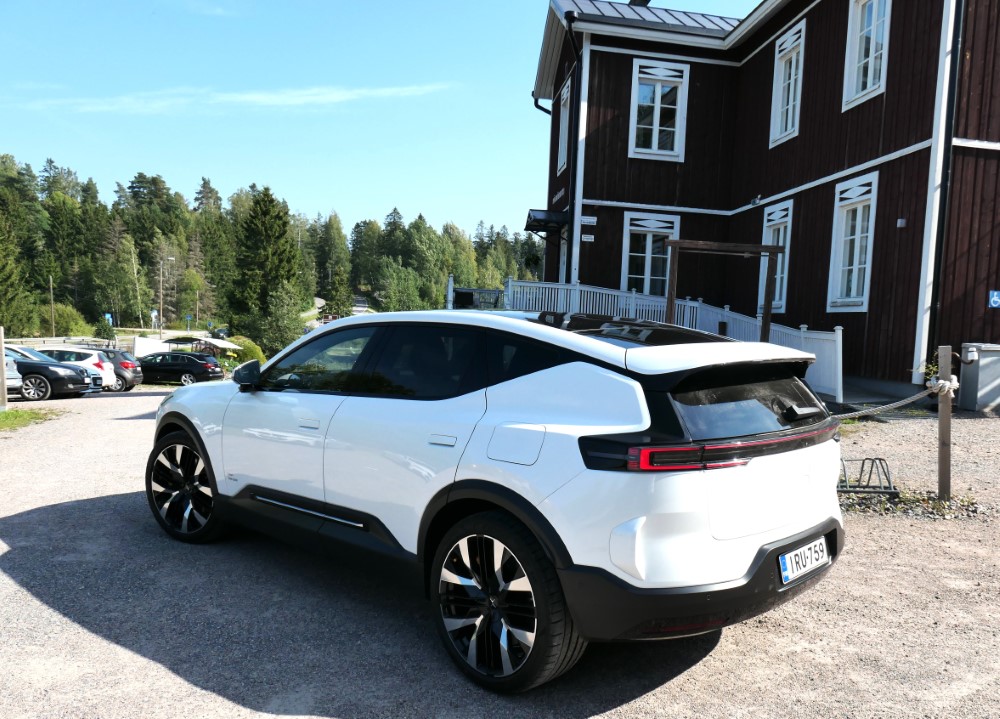
The car is based on the spa2 platform shared with Volvo, which is also used by Volvo’s EX90 electric SUV. The cars also share safety systems developed by Volvo Cars, such as the optional Lidar and SmartEye solutions. The SmartZone system consists of five radars and external cameras, plus 12 ultrasonic radars.
The music is provided by a Bowers & Wilkins Dolby Atmos system, 25 speakers and a 1610 watt amplifier. Both the car’s controls and entertainment functions are controlled from a 14.5-inch Android-based, very clear touchscreen.

In the test drive, the car, weighing over two and a half tonnes, moves nimbly and has good road feel. Perhaps the most striking thing is the acceleration of a car of this weight, both from a standstill and at speed – at no point does it feel like the car, which is accelerating violently, is about to get out of control.
The importer estimates that around 80 per cent of people who buy a Polestar 3 are private individuals and small businesses, with company cars accounting for closer to 10 per cent. As one of the incentives, the car is promised a three-year, or 50 000 km, free-of-charge service contract and a three-year roadside assistance service. A few cars will be delivered immediately, but a customised car will have to wait five months.
